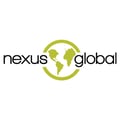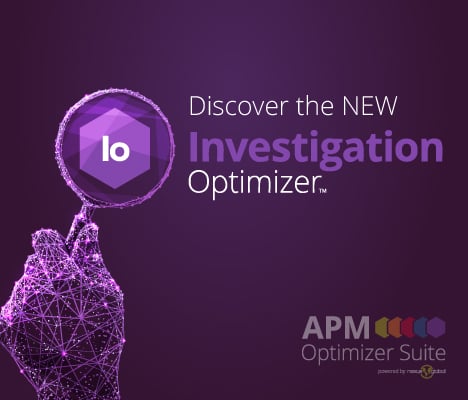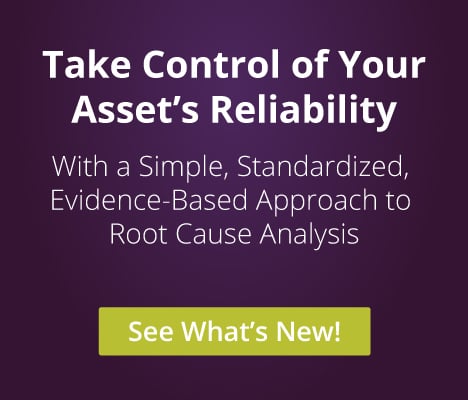Implementing a Successful Asset Management Program
We constantly strive to find the silver bullet to make our lives and jobs better. We look for a road map that will guide us to where we need to be. Quality systems are prime examples of this phenomenon. Over the years, I have witnessed many different types, including quality circles, total quality management, total productive management, Lean, and Six Sigma. Now, relatively new guidance is available for maintenance and engineering managers — ISO 55000 Standards for Asset Management.
I’ll admit I thought the standard had been created by someone or some organization just to make money. My first take after reading the standard was that it was intended to make organizations safer. After becoming a certified asset management assessor, I now realize it is much more than that.
ISO 55000 complements existing systems, but it does not replace them. Instead, it is designed to coexist with other programs to optimize resources, whether they are human, physical, fiscal, environmental, or social responsibility. The standards define an asset as “an item, thing or entity that has the potential or actual value to an organization.” It defines asset management as “coordinated activity of an organization to realize value from its assets.”
Elements of Success
ISO 55000 consists of six major elements, each containing sub-elements. In total, there are 39 subjects or sub-elements that managers should address when developing an asset management strategy. Let’s take a closer look at the six elements.
1. Strategy and Planning. When combined with asset management objectives, strategic initiatives provide the required direction for detailed planning. The quality of the planning will determine whether asset management objectives and strategic initiatives are appropriate, achievable, and accomplished.
The scope of this strategy provides the overarching objectives, vision and direction for the development of the service-delivery strategy and tactical activities. The organization’s asset management activities should align to these overarching facility objectives, providing clarity to organizational asset management priorities and goals and clearer direction on ways to achieve them.
2. Asset Management Decision Making. A vital element of effective asset management is decision making that is evidence-based and data-driven. Effective asset management decision making is essential for an organization to maximize the value realized over the life its asset portfolio.
Sufficient, accurate data and documentation also must be collected so managers can understand information needs are in order to meet the requirements of internal and external stakeholders regarding information and reporting, both financial and non-financial. Organizations must have processes in place for the effective management of information and an effective document management system.
3. Life-Cycle delivery. ISO 55000 encourages organizations to look at costs from a life-cycle perspective. Determining total cost of ownership involves a formal analysis that accounts for costs related to owning and operating an asset, including purchase, installation, deployment, operation, upgrade, maintenance, and decommissioning.
4. Asset Information. The quality of information that feeds into decision making plays a vital role in implementing effective asset management across their life-cycle. Without accurate, up-to-date information, decisions are more likely to be based on gut feel, compromising the decision’s integrity.
5. Organizations and People. When it comes to managing assets, good processes on their own do not ensure good outcomes. Effective organizational structure and leadership is crucial for fostering a culture that supports effective asset management. Managers need to invest time and effort to assure that the organization and people deliver the desired performance and behaviors that will support the successful delivery of the asset management strategies and objectives.
6. Risk and Review. Risk management and performance review of the assets and asset management system supports the continuous improvement of asset management activities. Risk management is a structured way to identify and analyze potential risk, and to devise and implement appropriate responses according to level of risks.
How does this process benefit managers and their facilities? Let’s align the six areas to facility management functions.
First, consider strategy and planning. An organization’s asset management activities should align to the overarching facility objectives, providing clarity to organizational asset management priorities and goals, as well as a much clearer direction on ways to achieve them. This process is critical to any organization, and it lays the foundation for future plans, staffing, and funding.
Within this element are the sub-elements, including the organization’s asset management policy, objectives, and asset management planning. All play an important part in facility assets, their management and the stakeholders.
Next comes asset management decision making. This element formalizes and documents the organization’s decision-making process. It includes detailing capital investments and ways those decisions are made by considering total life-cycle value, the way operations and maintenance takes place, and resourcing. Once managers achieve this step, this element will assist them in making better decisions by balancing costs, risks, opportunities, and performance.
The element of life-cycle delivery is the formal process of evaluating the total associated costs of an asset. This element includes everything from design to final decommissioning. It summarizes the way the assets are managed and operated at the agreed-upon service level while optimizing the total cost of ownership at an appropriate level of risk. The sub-elements in this area includes risk management, operating plans, maintenance plans, capital planning, and strategies, and decommissioning plans.
Next comes asset information, planning and strategy. This element describes the way asset information supports the delivery of an asset management strategy and objective. It includes developing standards that ensure a consistent approach to capturing accurate information. Asset data gives the organization the assurance that records are fit for purpose and consistent with the asset information standards.
The element of organizations and people involves the people responsible for executing the strategies. It is incumbent on the leadership and management team to assure that the organization’s structure, competence, and culture achieve the asset plan’s objectives.
Finally comes risk and review. Risk management has become an integral aspect of good asset management strategies. Most U.S. facilities have integrated risk management into their asset management plans fully, or at least partially. The best-performing operations recognize the importance of risk, and they consider it part of their continuous improvement process. Measuring, reviewing, and improving are critical factors in success.
Every organization should consider elements of ISO 55000 if they are not already in place. Some concepts are common sense, but you would be amazed at the number of organizations that do not see the need or requirements for a new and improved version of asset management.
Ready to see where your current asset management practices stand in comparison to ISO 55000 standards? Take our complimentary ISO 55000 Self-Assessment.
Topics: facilitiesnet, Article, Leadership

Posted by
Nexus Global
Recognized globally, across various industries, for delivering sustainable solutions that optimize both the organization’s assets and processes to yield a ROI of 10:1 or greater. Nexus Global Business Solutions, Inc. has been a worldwide leader in asset performance management and maintenance consulting, coaching and training for 15+ years.



